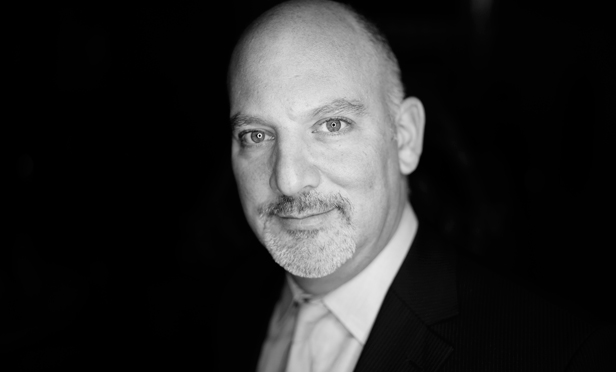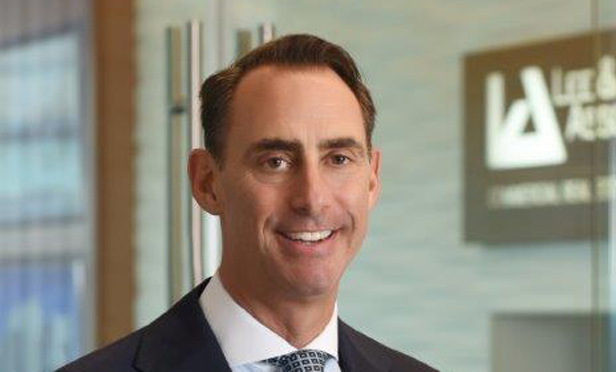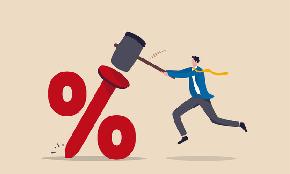 Peter Braus says that, “Retailers who can keep you engaged while you shop will thrive.”
Peter Braus says that, “Retailers who can keep you engaged while you shop will thrive.”
LOS ANGELES—Editor’s Note: This interview took place on the eve of the national elections, and both Lee & Associates CEO Jeff Rinkov and Manhattan principal Peter Braus were aware that much could change as a result. The comments that follow attempt to circumnavigate political impact.
We’re in an odd time in our national upcycle. Especially in you look at the retail sector. While the overall retail scene might be considered uninspired, the cities are booming, says Lee & Associates’ Jeff Rinkov. The national retail picture is “stable,” he says. “We’re seeing an increase in net and gross absorption that exceed the same quarter last year. So that’s great, but it is somewhat lackluster in large part because we have such a fragile economy,” one he says, that’s hampered by slow wage growth.
In fact, he says the national retail vacancy numbers have dropped by 20 basis points–to 5% overall, and “net absorption is up about 2.7% over the previous quarter.” What’s more, overall asking is up about 10%. But, he notes, “the majority of those gains come from urban areas.”
And, “whether it’s Indianapolis, Downtown Brooklyn or Seattle,” there seems to be no signs of a lackluster performance. “There’s tremendous energy around retail opportunities that exist with mixed-use developments and speak to things millennials like, such as the opportunity to live close to where your entertainment and dining options are.”
It’s a scenario playing out on both coasts. In Los Angeles, “We have really strong demand in the South Park area that surrounds L.A. Live,” Rinkov reports. “Vacancy rates there have diminished to about zero, with virtually every restaurant concept and theater. And in every locale, from Beverly Hills and Century City to Santa Monica, we’re seeing really strong momentum.”
In particular, he cites Downtown L.A., where several million square feet of former industrial space is currently being converted to creative office and/or retail. “There are a couple of standalone retail developments that will be out of the ground and ready for occupancy in mid-’17,” he says, “and they’ll do very well. The projected rental rates would be very inexpensive in Manhattan, but here, they’ll be very competitive. It will be a very exciting area in Downtown Los Angeles.”
Much the same dynamic is taking hold in Manhattan, says Braus, especially as it concerns the live/work/play phenomenon. “People want to be entertained close to where they live,” he tells GlobeSt.com. “As a result, neighborhoods in New York are tying work, shopping and entertainment together, and they’re flourishing.
“Certainly if you look at what’s happening on the lower East Side, for example,” he continues, “it’s a pretty healthy area of New York City that people—tourists and locals—love to go to for the restaurants and interesting shopping, and it keeps people coming back.” It compares favorably to once-hot SoHo, which he says has lost its mecca charm and ability to draw people in to a variety of venues.
 “We’re still the best option in the world from a stability and return standpoint,” says Jeff Rinkov.”
“We’re still the best option in the world from a stability and return standpoint,” says Jeff Rinkov.”
If there is a worry to the flourishing picture, he says it’s the international trade—which has scared high rollers away. “International tourism has been hit by the strong dollar,” he says, “and fewer people are coming from Europe or Asia. To lose that high-end customer is problematic.”
But home-grown players are rolling the dice, and on some fairly big developments, such as Jamestown’s sprawling Industry City in Brooklyn. Much like L.A.’s Art District rehabilitation, Industry City is a prime example of adaptive re-use that Braus calls interesting and exciting. And it does what traditional malls still fail to do: bring a mix of venues that will draw people in and keep them.
“Malls are becoming increasingly irrelevant to the American consumer,” he says. “Retailers who can keep you engaged while you shop will thrive.”
But how long will it last? We’ve seen predictions of a slowdown that stretch from mid-2017 to late 2018.
“People who said 2018 are the same people who previously said mid-2017 and now they’re just extending their view,” jokes Rinkov. “We have a strong dollar and a low interest-rate environment and gas and oil prices remain low.”
And while some foreign investment has slacked off, “we’re still the best option in the world from a stability and return standpoint,” he says. “I think we’re about to see the dollar strengthen, which will also have some negative impact, and some interest-rate adjustment that will pause the economy along the way. And while it’s hard to point to a time, I think we’re 18 to 24 months away from seeing any real slowing.”
A bullish approach can only help retail, and Rinkov and Braus are both bullish. Or, as Rinkov points out: “A little of that momentum along with a strong dollar and a stable US economy probably extends our cycle.”

















 Copyright © 2024 ALM Global, LLC. All Rights Reserved.
Copyright © 2024 ALM Global, LLC. All Rights Reserved.